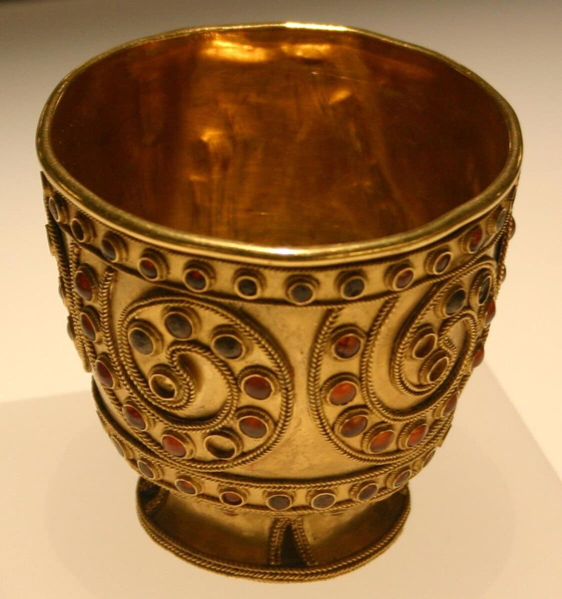Geneticists have confirmed the ancient connection between Greeks and Armenians.
An international team of geneticists has examined 314 genomes of individuals who lived in the Mediterranean and nearby regions between 3200 and 100 BCE, and subsequently compared these results with the genomes of modern humans from various parts of the world. Additionally, the remains of 224 ancient skeletons were analyzed for strontium isotope ratios, which can indicate whether a person died in their birthplace or was a migrant. The new findings support several existing hypotheses regarding the early history of Indo-Europeans while disproving competing theories. Notably, it was revealed that the ancestors of the Italians and Celts belonged to the same group, as did the ancestors of the Greeks and Armenians. The full text of the article with conclusions is available on the bioRxiv.org website.
Geneticists demonstrated that the Indo-European peoples of the Mediterranean and adjacent regions have two distinct ancestral groups. The indigenous (white) population of Italy, Spain, and France descended from carriers of the bell-beaker culture (2800-1900 BCE). Their ancestors were also steppe dwellers, but they arrived in Western Europe before 2800 BCE.
On the other hand, the ancient Greeks and Armenians originated from a second, later wave of Indo-European migration from the Eurasian steppes — the carriers of the Yamnaya culture (3300-2600 BCE). The authors of the new study suggest that the Armenians are linked to the Trialeti culture in Georgia, arriving in the South Caucasus at the end of the 3rd millennium BCE. Since then, they have resided there without undertaking long migrations. The Greeks, who are genetically closer to the ancient Armenians than to other Indo-European peoples, completed their migration to modern Greece somewhat later, around 1800-1700 BCE.
Moreover, the genetic makeup of the southeast Adriatic coast in ancient Italy is nearly identical to that of the Mycenaean Greeks on the Aegean coast. It is evident that they reached the outskirts of Italy by sea in the 2nd millennium BCE.

This new picture significantly enhances our understanding of early Indo-Europeans. Although Danish linguist Holger Pedersen determined as early as 1924 that the Armenian language is closest to Ancient Greek, his conclusions have been continuously challenged up to the present day. It now appears that Pedersen was correct: the population of the South Caucasus is the closest relative of the ancient Greeks. Previously, any specific claims about a close connection between this region and Mycenaean Greece were more likely to be found in Ancient Greek mythology about the Argonauts than in scientific literature. Genetic data have effectively discredited the popular Indo-Greek hypothesis, which posited that the closest relatives of the ancient Greeks were Indo-Iranians.
Furthermore, the new data have disproven the well-known Italic-Germanic hypothesis of linguists. According to this hypothesis, the ancient Romans, Sabines, and other Italic tribes shared a common ancestor with Germanic tribes. It is now clear that the ancestors of the Italic-Celts and Germans diverged significantly earlier than the ancestors of the Celts and Italics. Thus, the Italic-Celtic hypothesis proposed by another group of linguists is validated.
Proto-Germanic tribes, according to the new scientific work (although its authors did not initially focus on them), belonged to a different archaeological culture — the corded ware culture, also known as the battle-axe culture (3200-1800 BCE), whose carriers lived in Scandinavia, Eastern, and Central Europe.